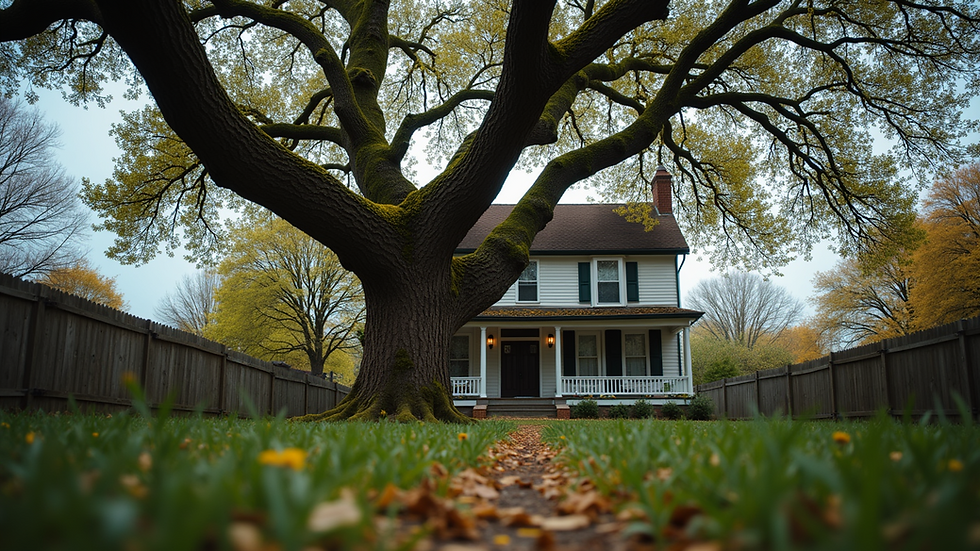The Silent Giants: A Fascinating Dive into the World of Trees
- Michael Shults
- Dec 4, 2024
- 2 min read
In the quiet corners of our bustling world, where the hum of urban life fades and nature whispers its secrets, trees stand as silent witnesses to history. They are storytellers, life-givers, and guardians of the Earth, weaving a tale of resilience and interconnectedness that spans millennia. Let’s embark on a journey to uncover the fascinating world of these remarkable beings.
A World Older Than Words
Trees are among the oldest living organisms on Earth. The Bristlecone Pine, a gnarled and weathered sentinel of the high-altitude deserts of North America, has been standing for over 5,000 years. Think about that: it sprouted long before the pyramids of Egypt were built, silently enduring millennia of storms, droughts, and the changing rhythms of the planet.
But trees don’t just measure time; they store it. Each ring within a tree’s trunk is a diary entry of sorts, recording years of growth, climate shifts, and even volcanic eruptions. The science of dendrochronology uses these rings to read the history of Earth itself.
Nature’s Engineers
Trees are architects of the natural world. Their roots weave intricate underground networks, binding soil and preventing erosion, while their branches provide habitats for countless species. Even their fallen leaves enrich the earth, nourishing the next generation of life.
Perhaps most fascinating is how trees communicate. Through a network often called the “Wood Wide Web,” fungi connect tree roots, allowing them to exchange nutrients and information. Scientists have discovered that trees can warn each other about pests, share resources with struggling neighbors, and even recognize their offspring.
The Air We Breathe
The relationship between trees and humans is profound. Every breath we take is a gift from trees, which absorb carbon dioxide and release oxygen through photosynthesis. A single mature tree can produce enough oxygen for up to four people every day, while simultaneously filtering pollutants and cooling the air.
Forests, often called the “lungs of the planet,” play an even greater role. The Amazon Rainforest, for example, generates 20% of the world’s oxygen and is home to a staggering array of biodiversity.
Cultural Icons
Beyond their ecological importance, trees have inspired myths, art, and spirituality across cultures. The Bodhi Tree under which Siddhartha Gautama attained enlightenment is a sacred symbol in Buddhism. The Norse believed in Yggdrasil, the World Tree that connected the heavens, Earth, and underworld. Meanwhile, modern environmental movements have adopted trees as emblems of life and sustainability.
Guardians of the Future
Today, trees face unprecedented threats from deforestation, urbanization, and climate change. Yet, they remain our allies in combating these challenges. Planting trees not only absorbs carbon but also restores ecosystems, provides livelihoods, and heals fractured landscapes.
Each sapling planted is a promise to future generations—a reminder that in the presence of trees, there is always hope.
Conclusion: Standing with the Giants
Trees teach us patience, interconnectedness, and resilience. They are more than just plants; they are the lungs of our planet, the keepers of our history, and the silent giants that stand by us in every storm.
So, next time you pass by a tree, take a moment. Look up at its branches, feel the bark under your fingers, and breathe deeply. You are in the presence of something ancient, something alive, and something truly magical.
Plant a tree. Grow a legacy.







Comments